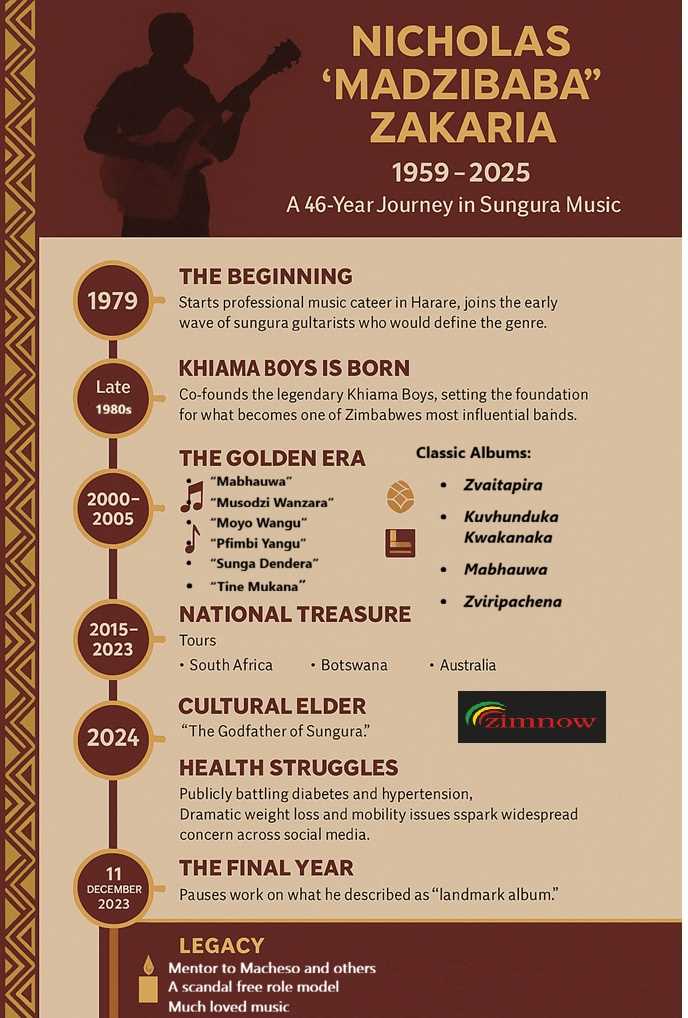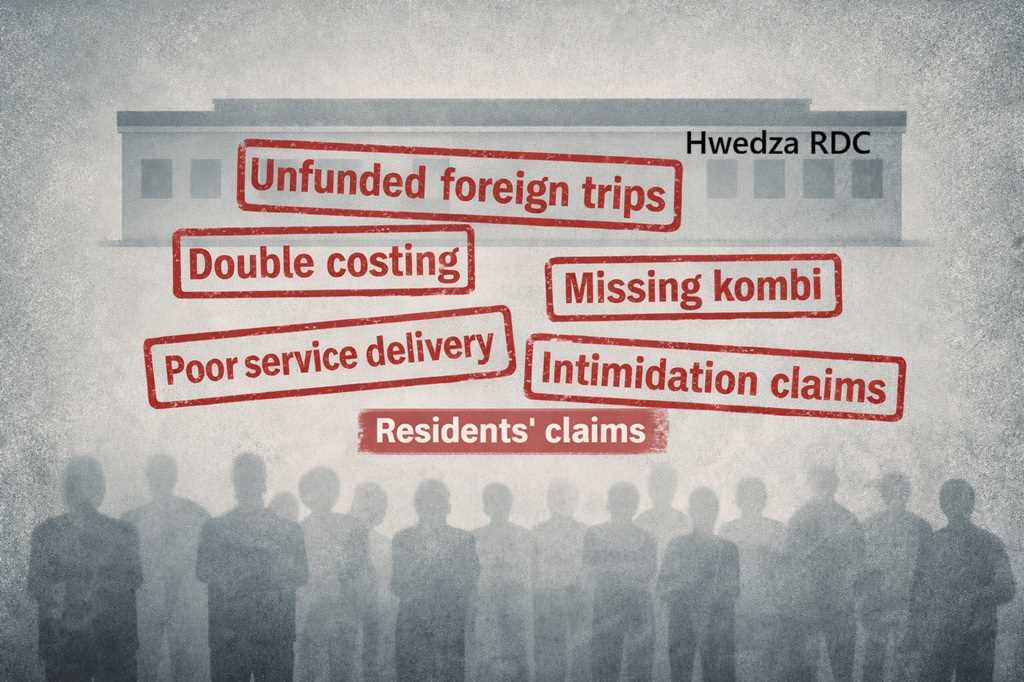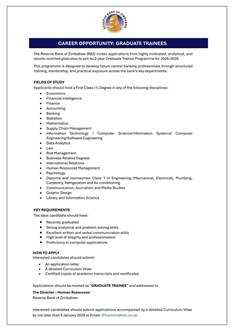Oscar J Jeke
Zim Now Reporter
Zimbabwe witnessed a sharp rise in crime during the third quarter of 2024, according to the latest Prison Admissions and Discharge Statistics Report from the Zimbabwe National Statistics Agency.
The report revealed 15,422 new prisoners were admitted during this period, signalling an alarming increase in criminal activity.
Of the new prisoners, 14,275 (92.6%) were male, while 1,147 (7.4%) were female. This spike brought the national imprisonment rate to 141 per 100,000 people, with men experiencing a disproportionately higher rate of 284 per 100,000 compared to 10 per 100,000 for women.
Related Stories
The most frequent offences leading to imprisonment included theft, assault, burglary, robbery without firearms, and domestic violence. Among men, theft and assault were the dominant charges, while women were more often convicted of theft, fraud, and migration-related offences. Crimes such as rape, murder, and drug-related offences also contributed to the rising incarceration rates.
Young adults, particularly those aged 20–29, represented the largest demographic of new prisoners. Geographically, Harare, Midlands, Mashonaland West, and Manicaland emerged as the regions with the highest crime rates, underscoring their status as national crime hotspots.
Foreign nationals also featured prominently, with 637 non-Zimbabweans imprisoned during the period. Of these, 528 were from other Southern African Development Community countries, primarily for immigration violations and illicit wildlife trade.
The report noted that 77.4% of the prisoners were sentenced, while 22.6% remained in custody awaiting trial. The high number of unsentenced prisoners highlights systemic challenges such as case backlogs and limited access to legal representation within Zimbabwe's judicial system.
The surge in crime has been linked to socio-economic pressures, including high unemployment and poverty. Nearly half (48.1%) of the new prisoners were unemployed, indicating a strong connection between economic hardship and criminal behavior.
Educational attainment also played a significant role. Over two-thirds (69.6%) of the prisoners had completed only lower secondary education, emphasizing the urgent need for interventions in education and skills development to address crime at its roots.



















Leave Comments